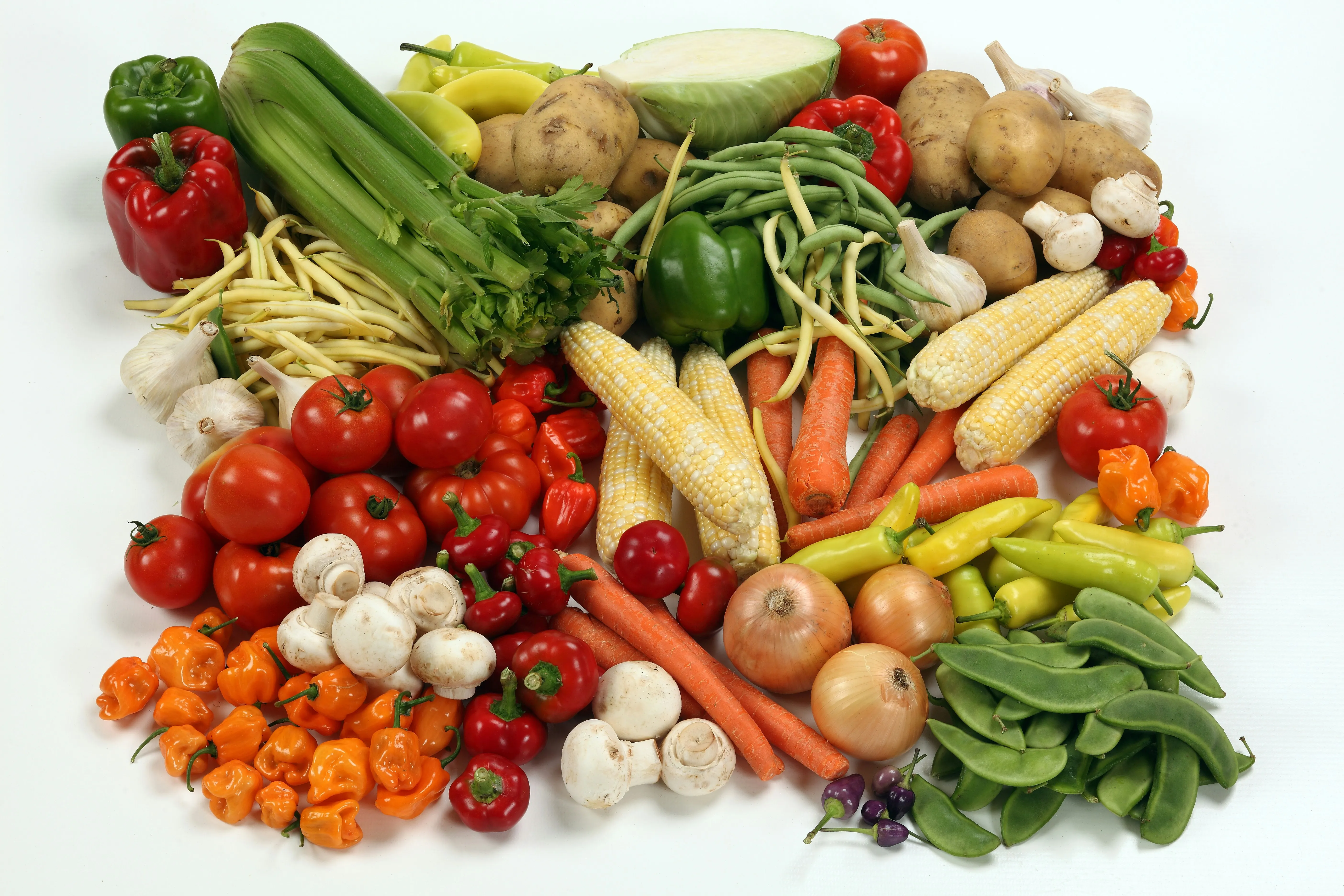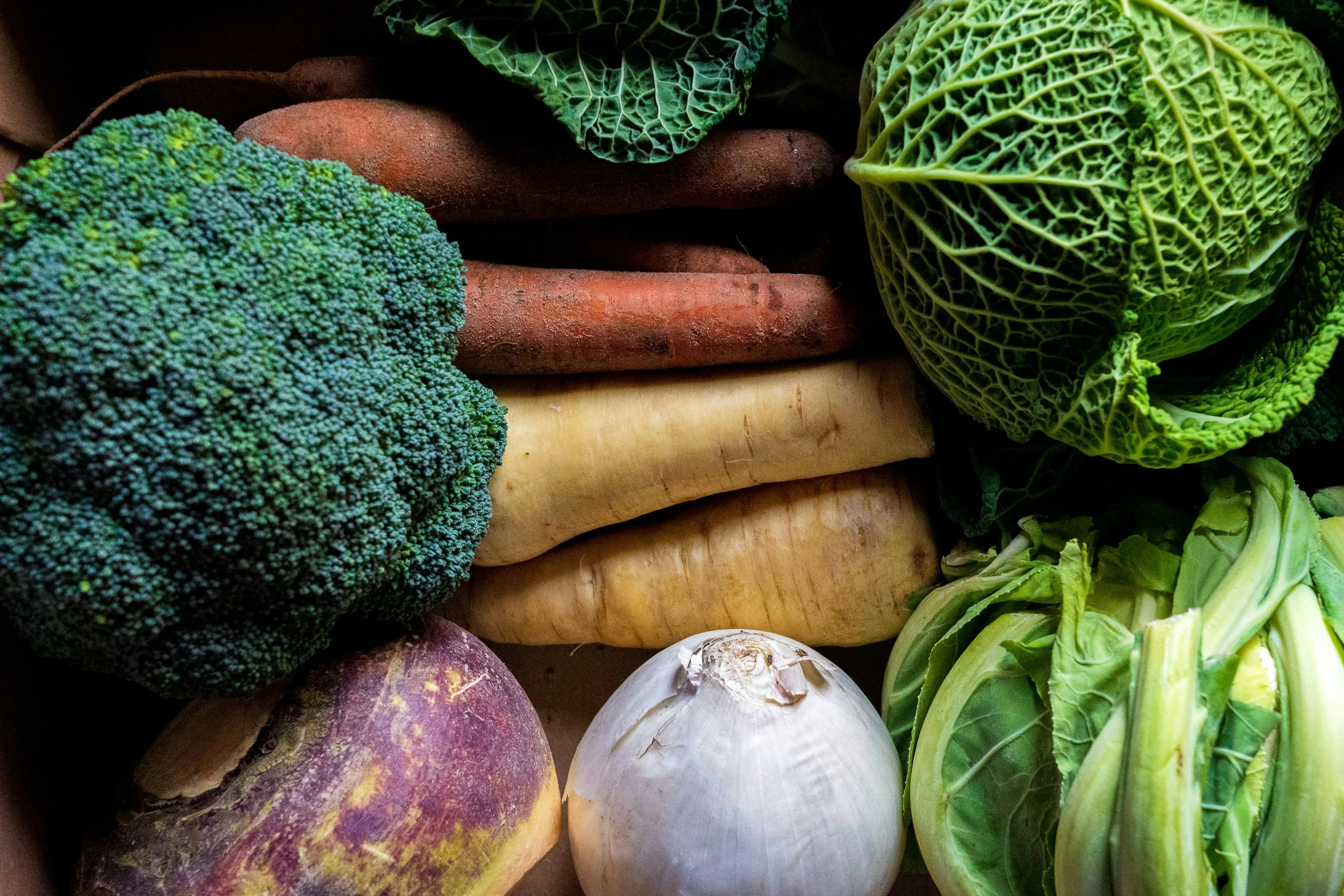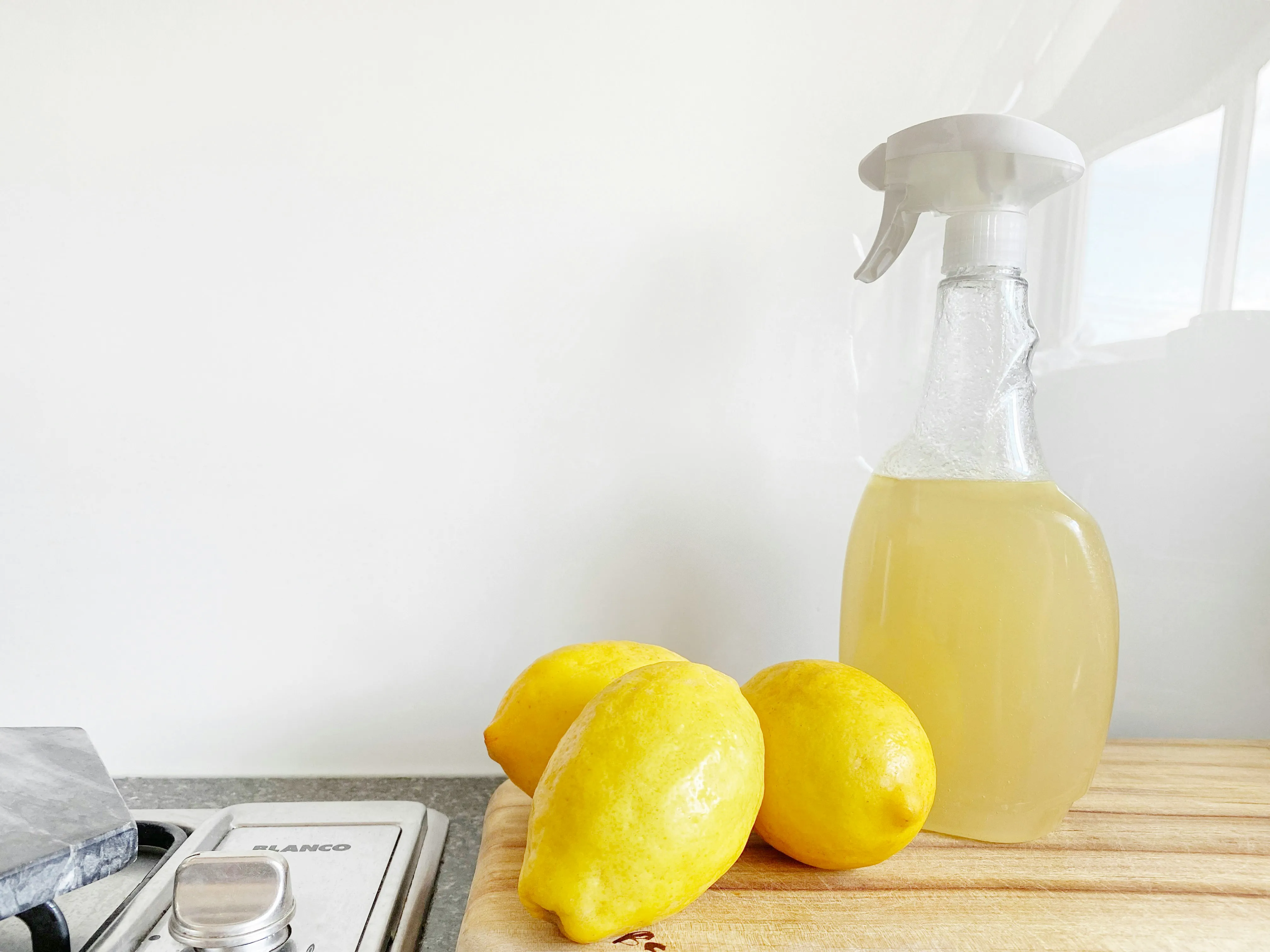Growing Food Year-Round with Minimal Tools: How to Feed Your Family Off the Grid
Feeding your family off the grid doesn’t require a tractor, a greenhouse, or acres of farmland. It requires consistency.
You work with what you have. You grow what thrives. You use tools that don’t break, don’t cost much, and don’t need electricity.

Year-round growing is possible in almost every climate in the U.S.—if you plan smart.
Here’s how to do it.
Start with What Grows Fast
If you’re feeding a family, focus on crops that:
- Grow quickly
- Regrow after harvest
- Don’t require rich soil
- Store well after picking
You’re not looking for variety. You’re looking for reliability.
Start with these:
- Greens: Spinach, kale, Swiss chard, arugula
- Root crops: Carrots, radishes, turnips, beets
- Alliums: Onions, garlic, leeks
- Legumes: Bush beans, snow peas
- Perennials: Asparagus, rhubarb, walking onions
Some of these grow in cool soil. Others love heat. By mixing them, you keep harvests going as the seasons shift.
You don’t need raised beds or irrigation to start. A few tools will do.
The Core Tools You Actually Need
You don’t need much. These are the basics:
- A shovel or broadfork for loosening soil
- A hoe for weeding
- A hand trowel for planting
- A five-gallon bucket for harvesting and watering
- A compost pile to feed your soil
Skip gas-powered tools. They break and cost too much.
Buy once, sharpen often, and keep it simple.

You can grow most crops by hand. Especially in small, family-sized plots.
Cold Frames and Row Covers
These are the key to year-round food without a greenhouse.
A cold frame is a wooden box with a clear top. It captures solar heat and protects plants from frost. You can build one with old windows, scrap wood, and a screwdriver.
A row cover is a lightweight fabric you drape over plants. It keeps the wind and cold out, but lets water and sunlight in.
Together, these tools stretch your growing season by months.
With a cold frame, you can harvest spinach in January. With row covers, you can plant carrots in February.
You don’t need electricity. You don’t need propane. You need timing and a bit of planning.
Grow in Cycles, Not Seasons
Off-grid growing isn’t about planting once in May and harvesting in August.
It’s about planting something every few weeks.
You rotate crops.
- In March, plant peas, lettuce, and carrots.
- In April, follow with kale, radishes, and chard.
- In May, drop in beans and squash.
- In June, more carrots and a second round of greens.
When one crop is harvested, the next is already started.
You don’t stop in fall. You shift again.
- September: plant garlic, spinach, winter lettuce.
- October: keep covered crops going in cold frames.
- November to January: harvest stored roots and greens under row cover.
- February: start cold-tolerant seeds again.
You’re never done planting. That’s how year-round food works.
Store What You Grow
Even with good planning, you won’t harvest everything fresh.
Some crops store well:
- Winter squash lasts three to six months in a cool, dry room.
- Potatoes last up to six months in root cellars.
- Onions and garlic keep for months if cured right.
- Canned tomatoes, pickled beans, and fermented cabbage add flavor when fresh greens are low.
Use coolers buried in the ground if you don’t have a cellar. Hang onions in the pantry. Dry herbs in bundles and keep them in jars.
You don’t need a fridge if you use traditional storage methods.

Use Every Inch
Even a 10x10 plot can grow real food. You grow up, not out.
- Build trellises for beans, cucumbers, and squash.
- Plant shade-tolerant greens between tall crops.
- Use containers for herbs and salad greens.
Don’t leave bare soil. As soon as one crop comes out, put another in.
Save space by growing plants that regrow after harvest. Cut lettuce, kale, and green onions regrow from the base.
Small plots produce more than you think when managed tightly.
Keep the Soil Alive
Good soil is your fuel source.
Compost everything—vegetable scraps, leaves, coffee grounds, grass clippings. Keep a small compost pile going year-round.
Add compost between every planting cycle. Mulch with straw or leaves to keep moisture in and weeds out.
Don’t till unless you must. Tilling breaks down soil structure and dries it out. Use a broadfork to loosen without flipping.
Feed the soil, and the soil feeds your family.
Grow Medicine, Too
Food keeps you strong. But in an off-grid life, staying healthy also means being prepared for small illness and injury.
This is where The Medical Garden comes in.
It’s a seed kit of 10 proven medicinal plants your family can grow at home. No chemicals. No pharmacy trips.
The plants include:
- Calendula for skin
- Chamomile for sleep
- Yarrow for wounds
- Lavender for stress
- Echinacea for immune support
- And more
You grow these the same way you grow food. Plant, water, harvest, and dry. Keep the dried herbs in jars. Brew into teas. Make salves or tinctures.
It’s a way to stay more self-reliant—especially when access to doctors or medicine isn’t easy.
The Medical Garden comes with a growing guide. No guesswork. You plant it next to your food crops and let it grow with the seasons.
Can You Feed a Family Year-Round?
Yes, but it takes rhythm.
You won’t replace the grocery store in one season. But every step you take makes your family stronger.
Start with these:
- Grow 3–5 crops that you eat regularly
- Set up a cold frame or cover for winter
- Learn to compost
- Cook what you grow, even if it’s simple
- Save seeds and plan the next planting
You’ll learn what works on your land. You’ll waste less food. You’ll spend less money.
And most of all, you’ll trust your hands again.
Revising Sageness
You might like to read this:




